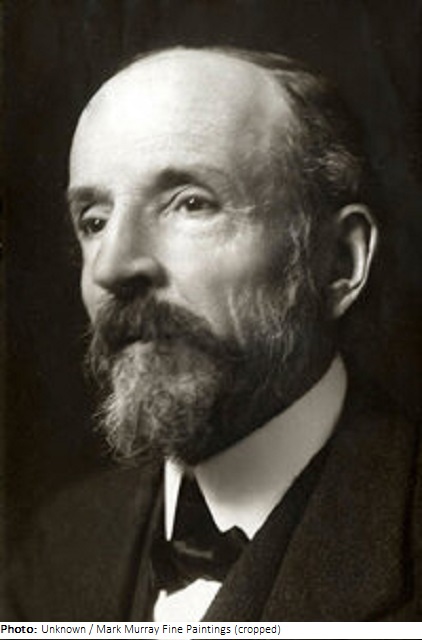Lucien Simon

Biographical information
| Roles | Referee |
|---|---|
| Sex | Male |
| Full name | Lucien Joseph•Simon |
| Used name | Lucien•Simon |
| Born | 18 July 1861 in Paris VIe, Paris (FRA) |
| Died | 13 October 1945 in Sainte-Marine, Combrit, Finistère (FRA) |
| NOC |  France France |
Biography
Lucien Simon first attended the École Polytechnique. After graduating, he took painting lessons in Paris in 1878 and then went on a study trip to Holland and Belgium. In 1880-83, he studied at the Académie Julian. From 1884 he traveled extensively, for instance to North Africa, Italy, Spain, Latin America, and the USA. He then lived in Paris, and after his marriage in 1890, often with the family of his wife, the painter Jeanne Dauchez (1869-1949), in Bénodet, Brittany. In 1901, he bought a house in the neighboring Sainte-Marine.
From 1902, Simon was a lecturer at the Académie de la Grande Chaumière in Paris and at the same time taught at the Académie Colarossi. During World War I, he was a draftsman at the front. From 1923-37 he taught as a professor at the École nationale supérieure des beaux-arts in Paris. In addition, he was an official marine painter from 1933. From 1937-43, he led the Musée Jacquemart-André in Paris. Amongst others, he was an honorary member of the Academy of Fine Arts in München as well as of the Royal Society of British Artists and the Royal Academy. He was made a Knight in 1900 and an Officer of the Legion of Honor in 1911.
In addition to European painters of the 17th century, Simon was influenced by the landscapes of Brittany, its changing light, and its down-to-earth population. It became his main source of inspiration, along with his family. In 1900, at the Salon of the Société nationale des Beaux-Arts in Paris, he achieved his final breakthrough when his painting Procession à Penmarc’h was purchased by the French state and was awarded the gold medal of the World’s Fair. He painted domestic scenes and portraits of his own family. In addition, there are depictions from fashionable Parisian circles as well as landscapes, city views, and figurative scenes from various countries that he visited.
While Simon often painted in oils in dark tones, with only the faces illuminated by intense light, his watercolors showed bright, warm colors. He also produced illustrations for books and decorative murals, including for the Paris church of Notre-Dame-du-Travail-de-Plaisance, the staircase of honor in the Palais du Luxembourg, the Cercle Naval in Toulon, and above all the pavilion for the Paris World’s Fair in 1937. After retiring to Sainte-Marine, he produced his last paintings emanating calmness. Internationally, he is best known as a painter of Brittany. Three of his four children also became visual artists, and one daughter was a musician.
Referee
| Games | Sport (Discipline) / Event | NOC / Team | Phase | Unit | Role | As | |
|---|---|---|---|---|---|---|---|
| 1924 Summer Olympics | Art Competitions |  FRA FRA |
Lucien Simon | ||||
| Painting, Open (Olympic) | Final Standings | Judge |